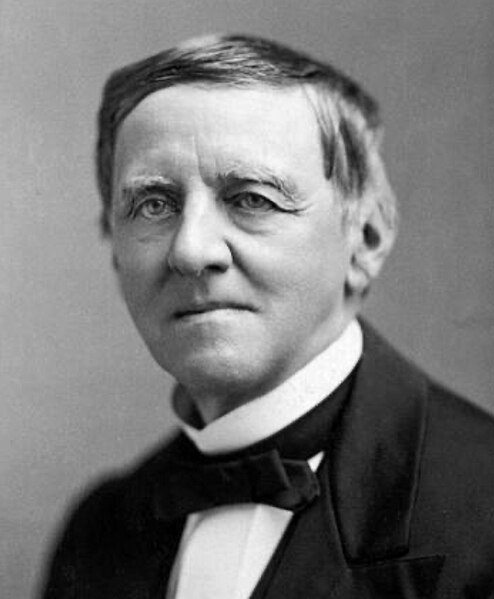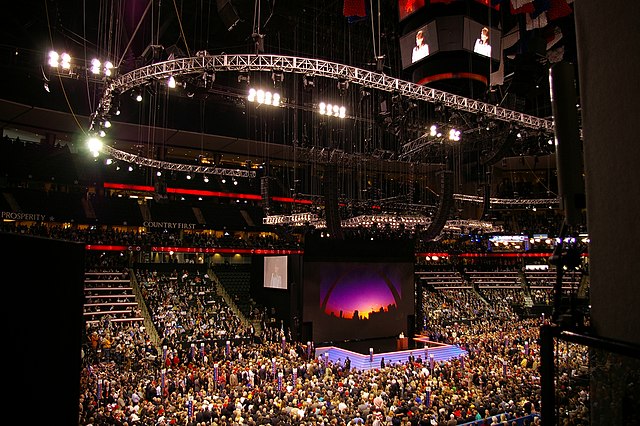1876 United States presidential election
The 1876 United States presidential election was the 23rd quadrennial presidential election, held on Tuesday, November 7, 1876. Incumbent Republican president Ulysses S. Grant declined to run for a third term, so the party chose Rutherford B. Hayes, the governor of Ohio, as its nominee. The Democratic Party nominated New York governor Samuel J. Tilden as their nominee. It was one of the most contentious presidential elections in American history. Its resolution involved negotiations between the Republicans and Democrats, resulting in the Compromise of 1877, and on March 2, 1877, the counting of electoral votes by the House and Senate occurred, confirming Hayes as president. It was the second of five U.S. presidential elections in which the winner did not win a plurality of the national popular vote. This is the first time it happened since 1824.
Following President Grant's decision to retire after his second term, U.S. Representative James G. Blaine emerged as the frontrunner for the Republican nomination. However, Blaine was unable to win a majority at the 1876 Republican National Convention, which settled on Governor Hayes of Ohio as a compromise candidate. The 1876 Democratic National Convention nominated Governor Tilden of New York on the second ballot.

Image: President Rutherford Hayes 1870 1880 Restored (cropped)
Image: Samuel Tilden. Portrait of the American politician, who served as the 25th Governor of New York, Samuel Jones Tilden (1814 1886), by José María Mora, c. 1870 (cropped)
Ulysses S. Grant, the incumbent president in 1876, whose second term expired on March 4, 1877
Governor Rutherford B. Hayes of Ohio
United States presidential election
The election of the president and the vice president of the United States is an indirect election in which citizens of the United States who are registered to vote in one of the fifty U.S. states or in Washington, D.C., cast ballots not directly for those offices, but instead for members of the Electoral College. These electors then cast direct votes, known as electoral votes, for president, and for vice president. The candidate who receives an absolute majority of electoral votes is then elected to that office. If no candidate receives an absolute majority of the votes for president, the House of Representatives elects the president; likewise if no one receives an absolute majority of the votes for vice president, then the Senate elects the vice president.
A 2016 general election ballot, listing the presidential and vice presidential candidates
A 2008 Democratic caucus meeting in Iowa City, Iowa. The Iowa caucuses are traditionally the first major electoral event of presidential primaries and caucuses.
Madison Square Garden in New York City, the site of the 1976, 1980, and 1992 Democratic National Conventions; and the 2004 Republican National Convention.
The floor of the 2008 Republican National Convention at the Xcel Energy Center in Saint Paul, Minnesota.







